|
I designed this for a friend I met at an exchange programme to Qingdao because of his interest in math. This model is mainly a tube with sealed ends. The following series of folding instructions will make this apparent: Folding InstructionsStarting with a 60° triangle grid, collapse this crease pattern: The grey area is a portion of the paper that overlaps, sealing up the gap in the "tube" formed by wrapping the paper around. The collapsed product should look like: This model has 30 triangles faces. The ends of the "tube" are open but will be sealed in due course. We proceed to hide the extra 10 faces (an Icosahedron has a mere 20). Open the model and fold this crease pattern, which adds a twist to the "tube". The twist holds the tube together and stabilizes the entire model. The inner flaps of the twist also lock one of the ends of the tube. That end of the model forms a "cap": Unfold the model one final time and collapse the full crease pattern: The main step here is to lock shut the flaps from the lower half of the crease pattern. The locking of one of these flaps looks like: Lock all five flaps like so: The locking for this end is more sophisticated because the flaps are not conveniently suppressed by inner flaps from a twist, as the other end has. Complete the icosahedron by forming the twist and locking the remaining end again.
8 Comments
angeltxilon
7/10/2017 05:54:11 am
Thanks you.
Reply
Herng Yi
7/10/2017 06:51:27 pm
I'm glad you found this of help! My only complaint about this design is that it is not as symmetric as I can get with modules, but good that you like it :) Have fun folding!
Reply
Sandra Argilos
12/28/2017 03:13:41 am
Please, let me get it right. Is this model really made from one square sheet of paper or from rectangular one with those proportions as shown on pattern schemes?
Reply
Herng Yi
12/28/2017 05:03:36 am
It's made from a rectangle with the proportions shown in the crease pattern, but if you start from a square you can narrow it down to an appropriate rectangle. You can also use a rectangle of any size as long as it has the appropriate proportions.
Reply
Sandra Argilos
12/28/2017 03:51:19 am
And which size it can be made from at all?
Reply
Herng Yi
12/28/2017 05:04:04 am
You can also use a rectangle of any size as long as it has the appropriate proportions.
Reply
Leave a Reply. |
Archives
December 2020
Categories
All
|
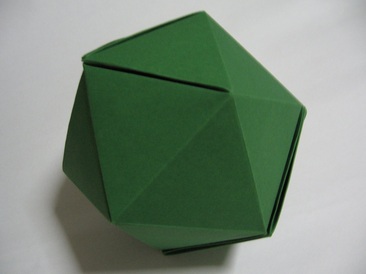
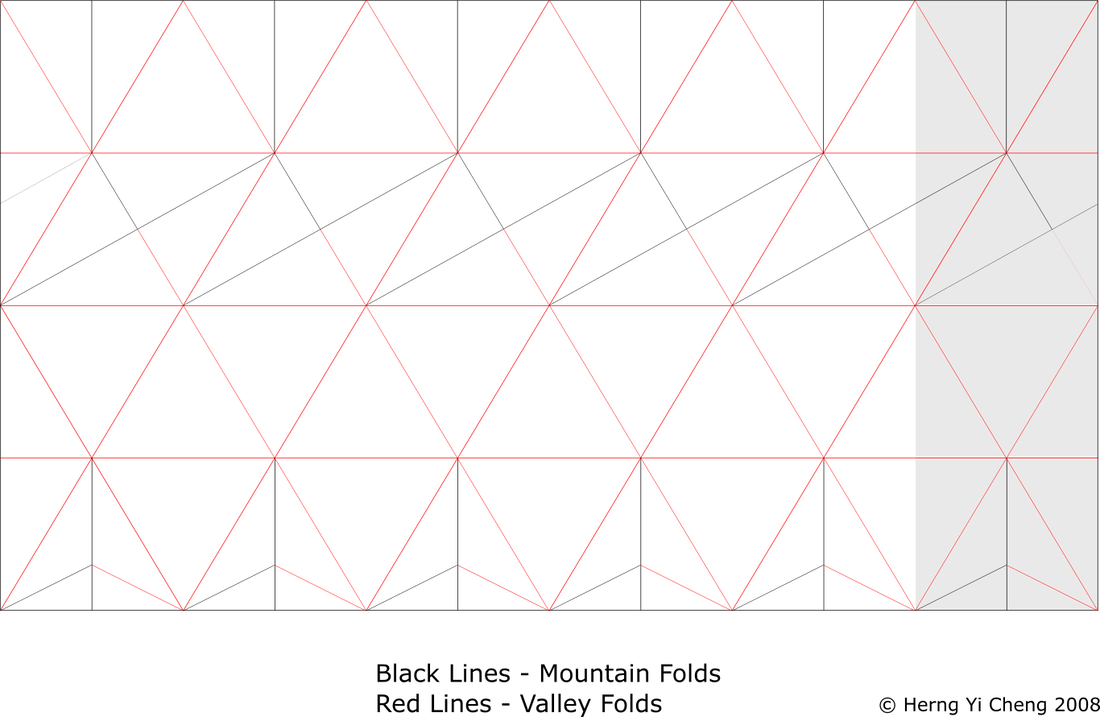
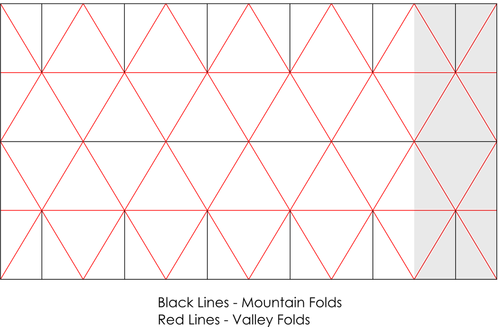
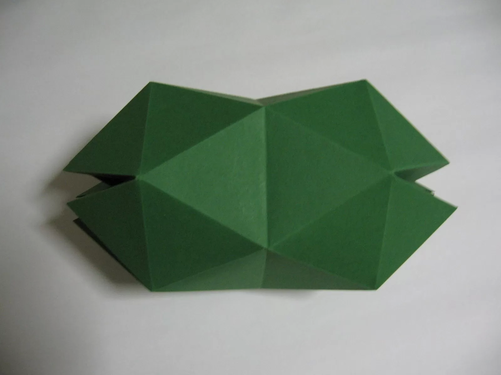
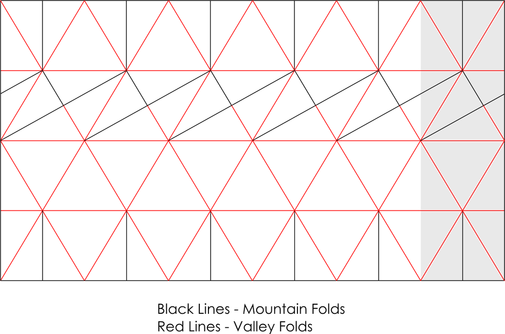
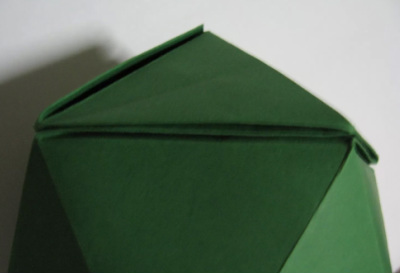
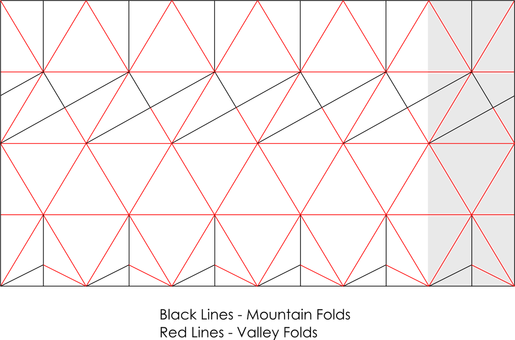
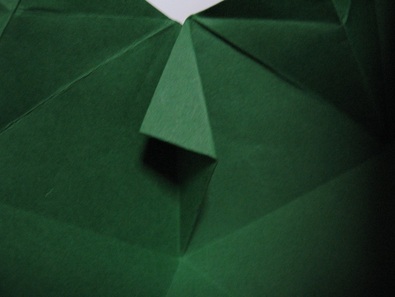
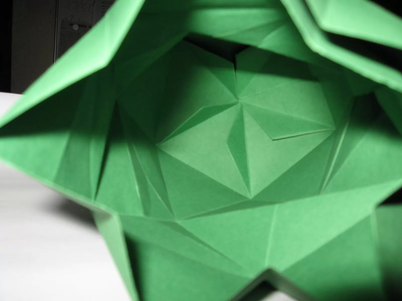
 RSS Feed
RSS Feed